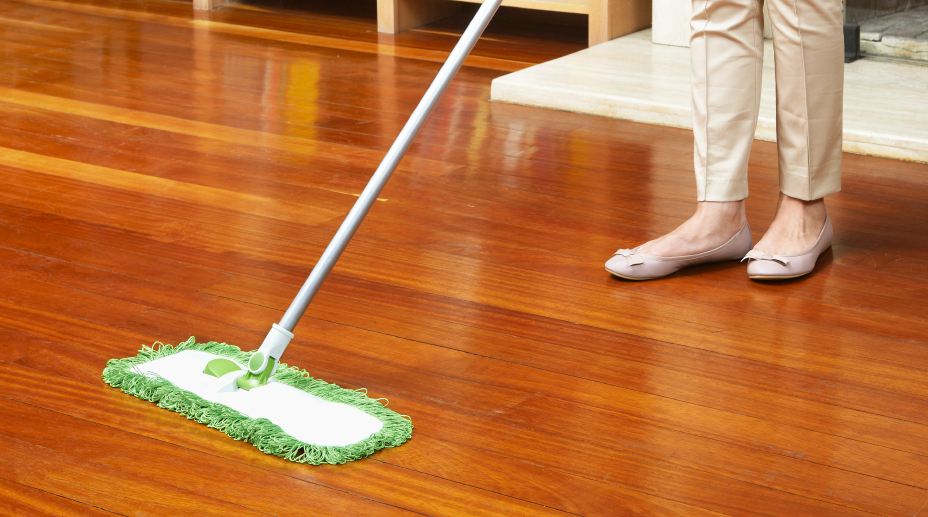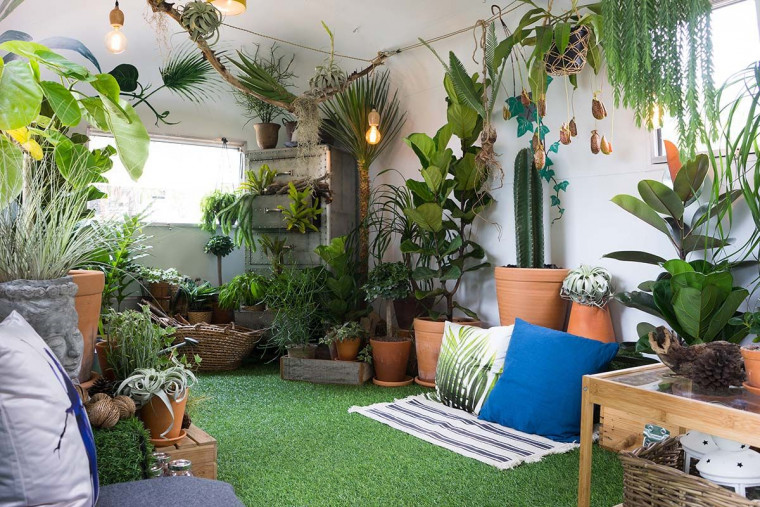Simplifying Container Design for Your Home
Understanding Container Design Basics
Container design is a versatile and creative approach to adding greenery and beauty to your home. By using containers of various shapes, sizes, and materials, you can create stunning displays of plants both indoors and outdoors. Understanding the basics of container design, including proper plant selection, placement, and maintenance, is essential for creating visually appealing and thriving container gardens.

Choosing the Right Containers
When selecting containers for your home, consider both aesthetics and functionality. Choose containers that complement your home’s style and decor while also providing adequate space for plant growth and root development. Opt for durable materials such as ceramic, concrete, or fiberglass that can withstand the elements and provide insulation for plant roots. Additionally, ensure that containers have drainage holes to prevent waterlogged soil and root rot.
Selecting Suitable Plants
The key to successful container design is choosing plants that thrive in the … Read more



